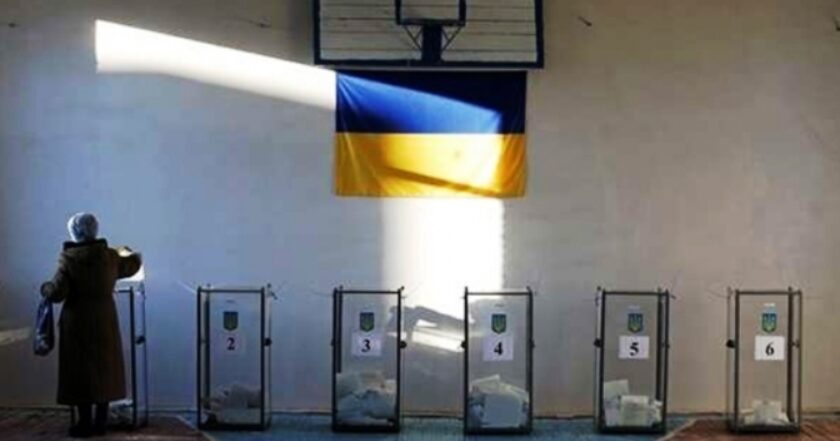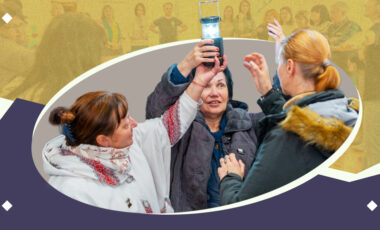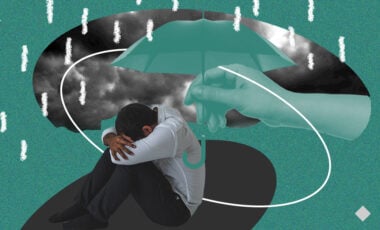Social elevator or trolleybus? Ukrainian Elections 2020

On October 25, 2020, the next electoral cycle in Ukraine is entering its last phase. The cycle, which began with the presidential election, was fueled by early parliamentary elections and ended with regular local elections. Despite lasting almost two years (since the official start of the presidential race), elections to public authorities and local governments are different parts of the same story. Stories about "new faces" in power.
And admittedly, the arrival was surprisingly successful. According to estimates by the Laboratory of Legislative Initiatives, over 80% of people's deputies in the Verkhovna Rada of Ukraine of the 9th convocation received their mandates for the first time. In fact, this is the largest update of the single legislative body of Ukraine since 1998. We observed a more impressive reformatting of the composition in the Verkhovna Rada of Ukraine of the second convocation with a rate of 86%. Such results show the citizens' ambition to revive a barely functioning social elevator and turn it from a "hyper-loop" of narrow corporate interests to an "escalator" of new ideas, meanings, and competitive model
The lack of political background, wealth and relatives' bottomless pockets, and first glance (and sometimes second) visible ties with local financial, political, and foreign groups of influence in many "new" members of the political class, inspired Ukrainians to go to politics en masse and try their hand at local elections. If one has succeeded, why can't the others succeed? If one is a People's Deputy, then why can't I become a deputy of the local council?
This publication is available in Ukrainian and Russian. The English translation hasn’t been produced yet. Support us to make the translation faster - follow the link for instructions



















































